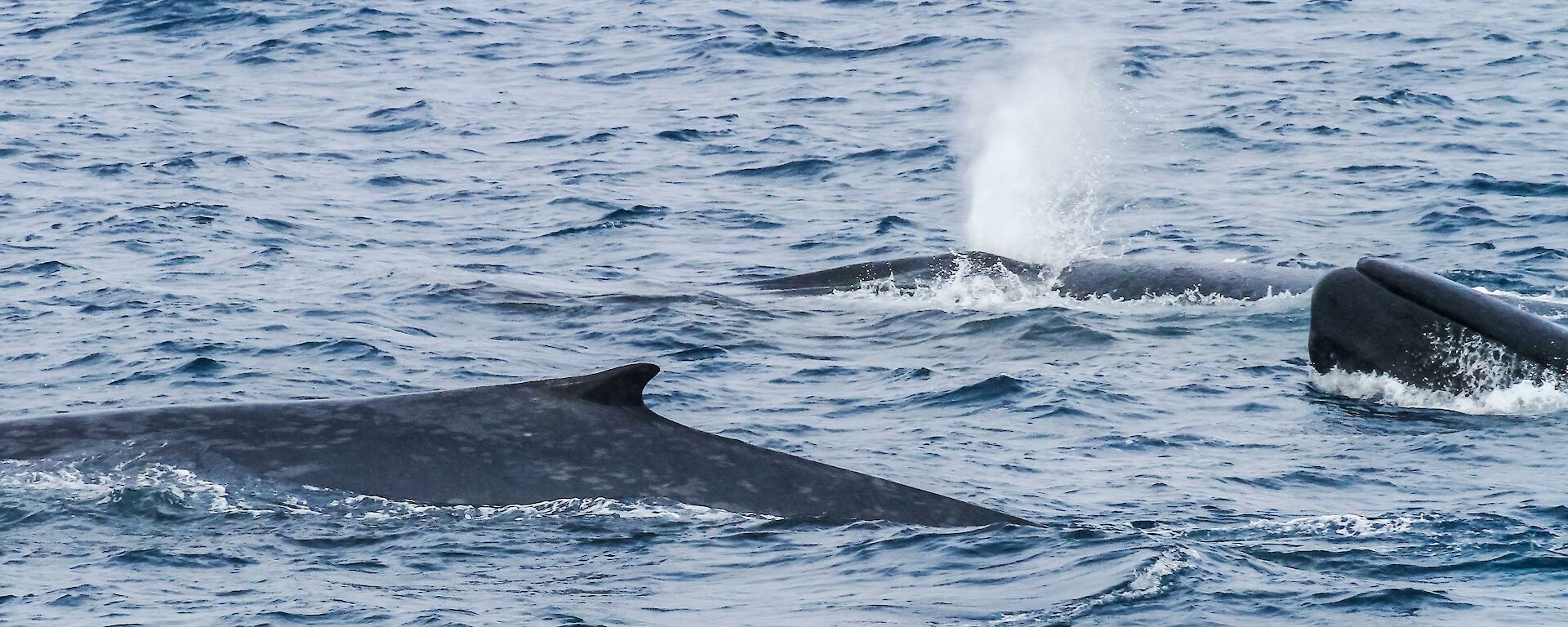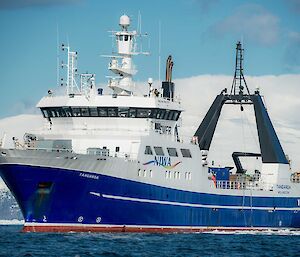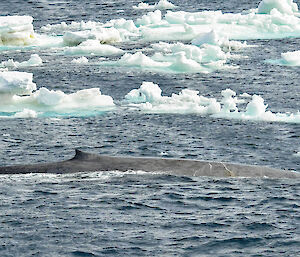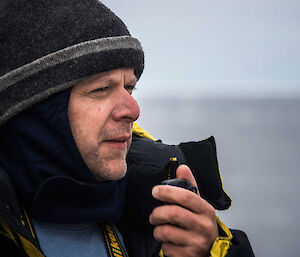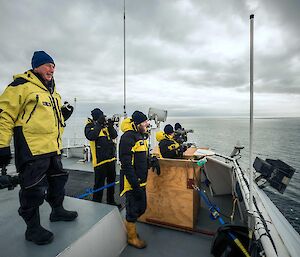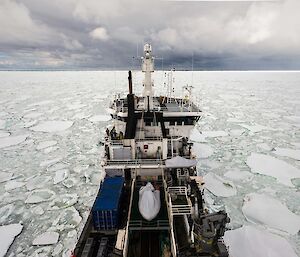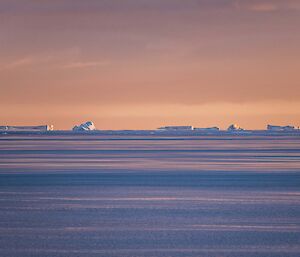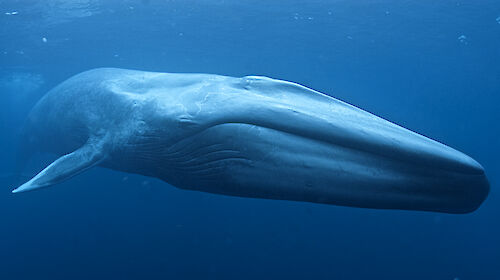Antarctic marine scientists eavesdropping on the world’s largest creature, the blue whale, have detected individuals singing from almost 750 kilometres away.
The researchers, part of a six week Australia-New Zealand Antarctic Ecosystem Voyage to the Southern Ocean investigating the region’s top predators, returned to Wellington, New Zealand today.
Australian Antarctic Division Lead acoustician, Dr Brian Miller, said directional sonobuoys were used to listen for the low rumbling song of blue whales and guide the ship to them.
“It is really exciting to be able to study these whales in the vast Southern Ocean and hear their calls over 750kms away,” Dr Miller said.
“During the voyage we were able to record more than 40,000 calls over 520 hours.”
Australian Antarctic Division Voyage Science Leader, Dr Mike Double, said after travelling a large distance without sighting any whales, they were staggered to witness over 80 of these rare whales in a relatively small area.
“With such a patchy distribution it is only possible to study this endangered species efficiently using the acoustic technology developed by the Australian Antarctic Division”.
The scientists photo-identified 58 individual blue whales during the voyage. These images will help estimate the population size, rate of recovery and movements of the endangered Antarctic blue whales.
“Our ability to find these whales and the multidisciplinary nature of the voyage also allowed us to investigate the whales’ habitat.”
“Using echosounders we were able to map, characterise and monitor the krill in the vicinity of the blue whale and found the swarms were denser than those found anywhere else.
“Remarkably, using new advanced echosounders, we were able to track individual krill for the first time allowing an examination of the changing internal structure of the krill swarms.
“Additionally oceanographic data was gathered which will show the productivity of the waters.”
The voyage is a collaboration between Antarctica New Zealand, the New Zealand National Institute of Water and Atmospheric Research (NIWA) and the Australian Antarctic Division.
The non-lethal whale research conducted on this voyage aimed to investigate key questions identified by the International Whaling Commission’s Southern Ocean Research Partnership (SORP).
The Australia-New Zealand Antarctic Ecosystems Voyage 2015 accomplished all science objectives they set out to achieve.
Some summary facts and figures from the voyage include:
- Nearly 15,000 km travelled.
- Over 520 hours of whale song recordings with more than 40,000 individual calls detected.
- Photo-identification of 58 individual blue whales (including re-sightings).
- Biopsy samples from 11 humpback and blue whales.
- 40 trawls (18 demersal tows and 22 midwater tows).
- 111 species or species groups caught.
- 3,129 fish and krill individually measured.
- 370 biological sample lots retained for further analysis.
- 345 gigabytes of echosounder acoustic data recorded.
- Nearly 1000 hours of continuous underway oceanographic and atmospheric data collection.
- Over 3500 litres of seawater filtered.
- 33 on-board experiments to measure primary production.
- 55 underway conductivity-temperature-depth (CTD) profiles.
- Twelve Argo oceanographic floats deployed.
- Ten deployments of a continuous plankton recorder (CPR).
- 200 days recording time for moored echosounder monitoring silverfish migration in Terra Nova Bay over winter.
- Eight scientific echosounders calibrated.

